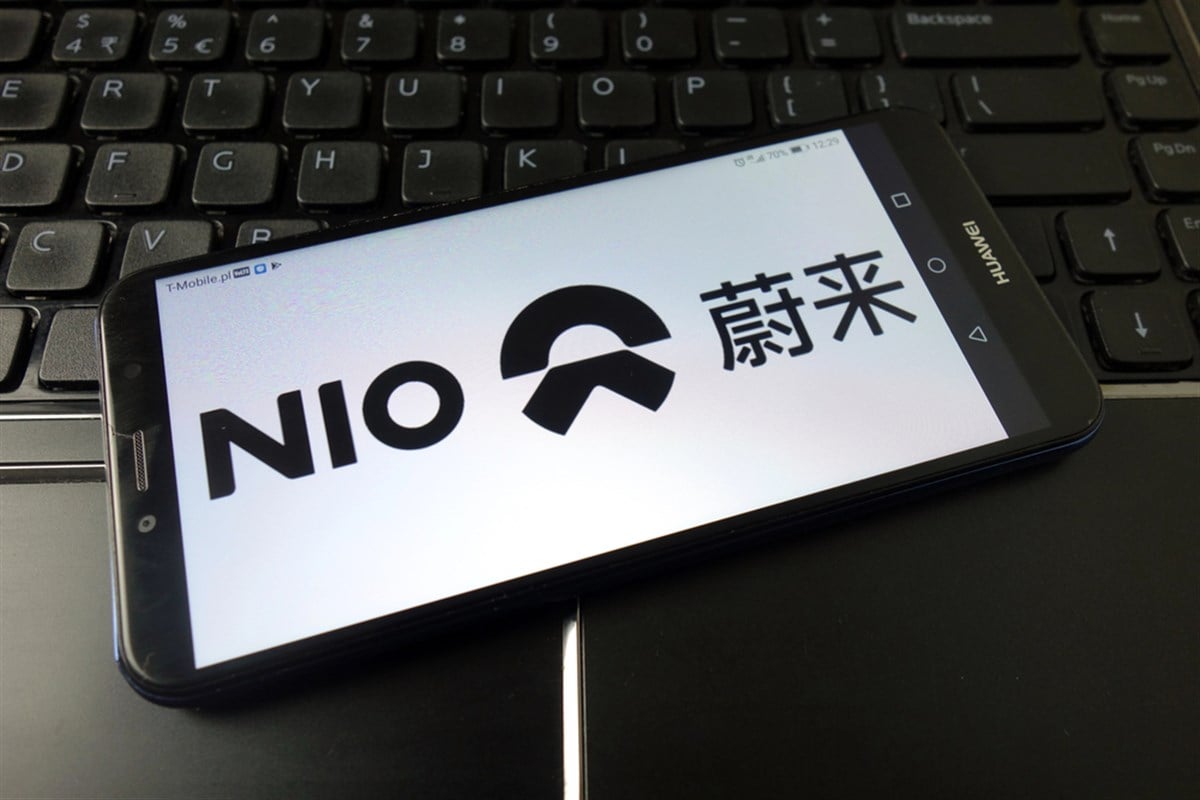
After announcing their first quarter 2024 earnings results, shares of NIO Inc. (NYSE: NIO) are now falling by as much as 7% in the day’s trading session. Despite the negative media surrounding Chinese stocks and some disappointing figures for NIO recently, this event could mark the start of a bottoming for the stock and maybe even a new leg higher.
Automotive stocks like Tesla Inc. (NASDAQ: TSLA) have also seen their stock prices lower significantly, with the electric vehicle company trading down to 60% of its 52-week high price. Wall Street defines a bear market as a 20% - or more – decline from recent highs, bringing Tesla into a deep bear market. But that’s not necessarily due to adverse developments in electric vehicles (EVs).
NIO stock is tragically trading down to merely 30% of its 52-week high, starting to suspect whether this is now a deep value play. Before understanding why the EV world is doing fine today, here is why NIO stock is an upside swing in the making.
The Role of Demand Cyclicality in NIO Stock’s Price Movements
Historically, NIO's vehicle deliveries do best in each fiscal year's second and third quarters, with a bonus suspenseful number coming each fourth quarter. What is typical about today's earnings results is that the company's first quarter of each fiscal year has been the worst.
Looking at NIO’s press release, investors can notice how deliveries declined by 40%. However, every quarter, when deliveries are broken down on a monthly basis, the story begins to look a lot for the company’s demand cycle.
In April 2024, NIO delivered 15,620 vehicles, showing an annual growth of 134.6% compared to deliveries for the same month last year. For May 2024, deliveries increased to 20,544, easing the company into its second quarter of the 2024 rising demand cycle. By the way, that’s a 233.8% delivery increase from May 2023.
Here’s how the stock has reacted to these cycles in the past. In 2023, the first quarter saw the price of NIO stock decline from roughly $14.2 down to $7, that’s more than a 50% drop. The following quarters (second and third) brought the stock up to $15.8 from its $7 low, giving savvy investors a net return of 125.7%.
Suppose history is set to repeat itself (so far, deliveries from April to May suggest it will). In that case, investors could witness NIO stock bottoming after its post-earnings selloff. Analysts on Wall Street also think that the following quarters could deliver market-beating returns for those brave enough to hold the stock through recent turbulence.
Understanding NIO Stock’s Future Outlook: Valuations and Market Expectations
Today’s consensus price target for NIO stock lies at $8.4 a share, daring the stock to rally by as much as 71.4% from where it has fallen today. Knowing that the stock is actually making its way into, historically, the best quarters of the year, these analysts feel comfortable enough sticking their necks out there.
Not even those who are bearish about Chinese stocks are willing to put their money where their views are. NIO stock’s short interest collapsed by up to 13.3% over the past month, opening the way for bullish traders to fill the gaps left behind by these short sellers leaving the stock behind.
Now, here’s an exciting trend that investors can support. It is usually a stealthy strategy that markets use when looking to go long on a stock without making a lot of noise; it’s all in how the stock’s valuation multiples are changing.
Specifically for NIO stock, the way that price-to-sales (P/S) and price-to-book (P/B) ratios are diverging against the rest of the auto sector.
NIO stock traded down to a 1.2x P/S ratio, which is heavily discounted against the auto sector’s average 11.9x P/S valuation. There’s a straightforward reason behind this discount: Investors discount NIO’s sales because they are simply scared off by Chinese equities, though that could be a mistaken view.
Chinese inflation rates have risen for the past quarter (on a consecutive monthly basis), meaning that domestic demand for products, including EVs, is suggested to be on the rise. Because of this, markets are willing to place a premium valuation on a P/B basis.
Trading at 2.5x P/B, NIO commands a premium of 10.6% over the auto sector’s average 2.2x P/E today. Why would markets be willing to overpay for NIO’s book value? It’s got everything to do with management’s guidance for the next quarter.
Management points to deliveries of 54,000 to 56,000 units for the second quarter of 2024, representing a 138.1% increase from the previous year. While this is up to assumptions, it is still a realizable target for NIO to accomplish, building the case for today’s potential bottoming.













